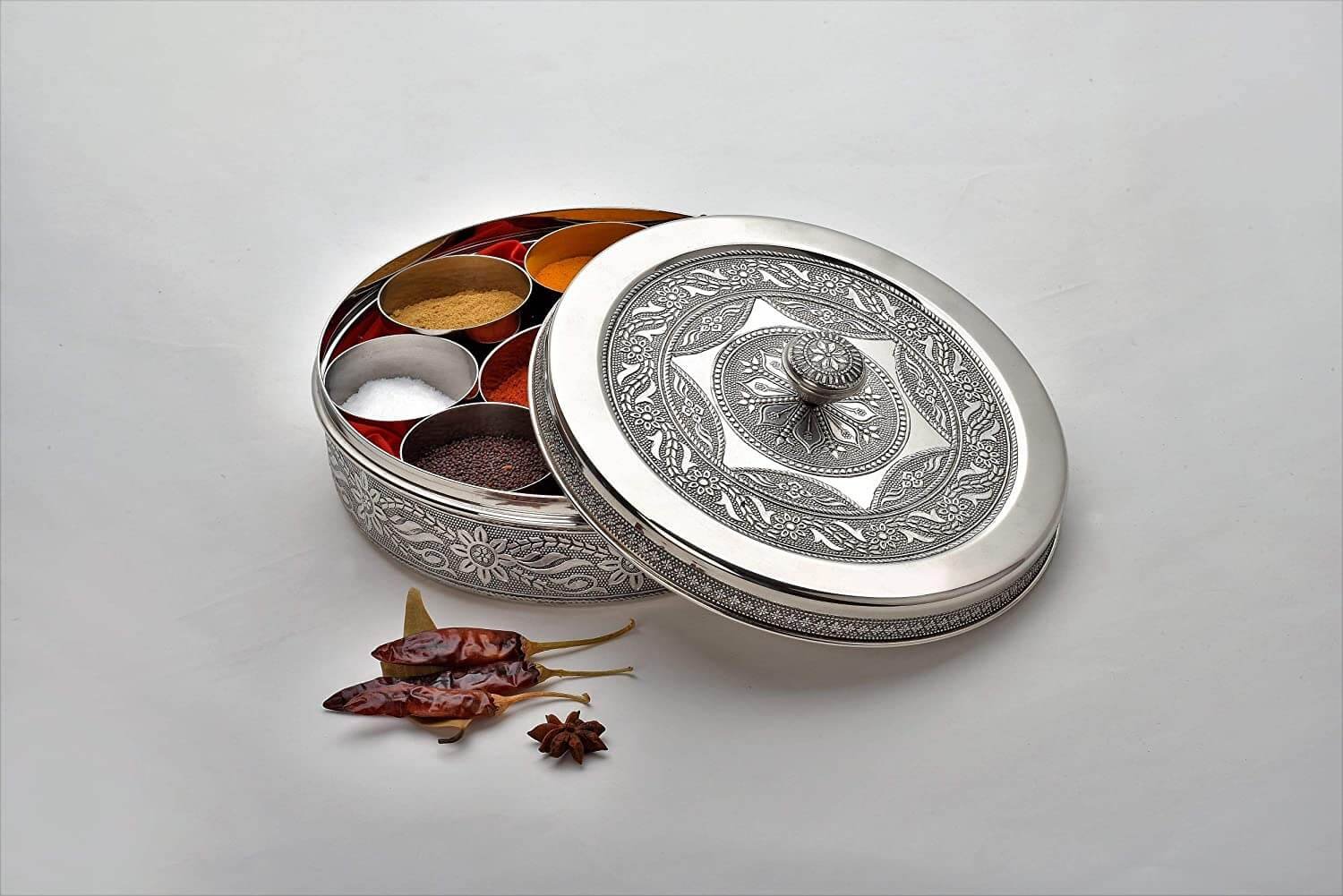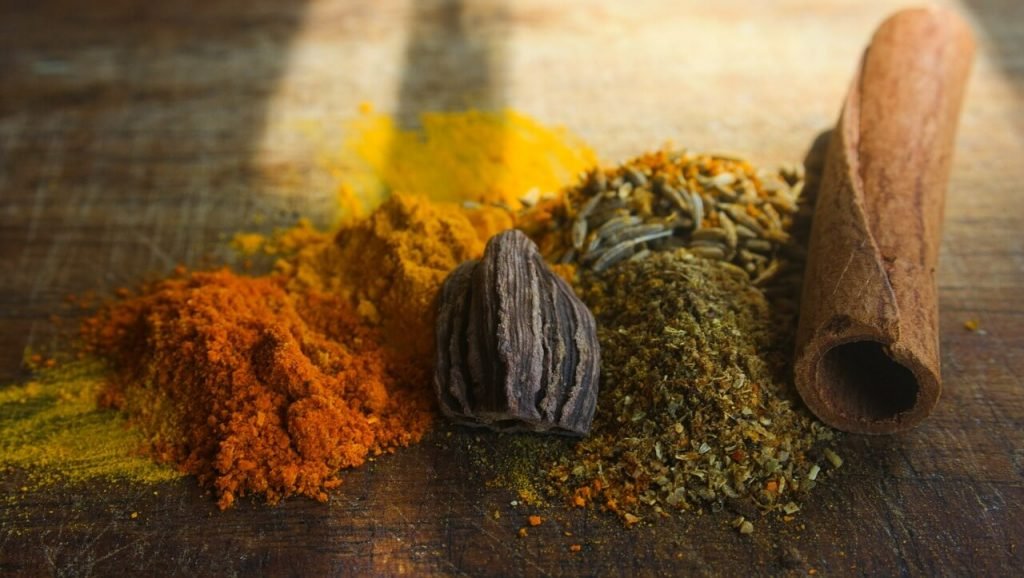Does Plastic Spice Box A Safer Choice For Your Health?
If you’re going to get the best of Masala and your other spices, the safety and quality of your storage space is a priority.
Recently, I’ve noticed that some vendors have opted away from the traditional wooden and stainless steel spice boxes in favour of those with a plastic body.
However, while plastic spice containers are relatively cheaper, there are widespread concerns among many about the healthfulness and safety of the storage of spices and other edibles.
Today, since plastic plays an unavoidable part in the production and transportation phases of foods and liquids, they’re almost impossible to avoid.
As a result, this article aims to explore the different types of plastic, their compositions and how they affect your spice storage.

A Brief Explanation: What You Have To Know About Storing With Plastics Spice Boxes

For every plastic container a code is attached that seats at the bottom of the plastic food storage container.
Under the container, you’d find a tiny triangle indented with a resin identification code that mostly ranges from 1 to 7.
This number helps you identify your plastic containers easily with the materials they’re made of and also, provide guidance for consumers who want to recycle plastic containers.
What this number indicates is the material or quality the plastic is made of. Generally, food containers carrying number 1,2,4, and 5 are usually considered as the safest choices of plastic containers for food storage.
The American Academy of Pediatrics warns against using plastic containers labelling number 3,6, and 7.
Below are the reasons why AAP warns against the use of these plastic containers:
Plastic #3
This plastic contains Polyvinyl chloride (PVC) which is not safe for cooking or heating. PVC contains softening chemicals called Phthalates that interfere with hormonal development and causes imbalance in the body system.
Plastic #6
On the other hand, it contains Polystyrene or Styrofoam. This plastic reeks of potentially toxic chemicals, especially when heated. It is difficult to recycle and it takes eons to recycle. It would be a wise idea to avoid this plastic.
Plastic #7
This plastic possesses the highly toxic Bisphenol A (BPA). It’s made up of tons of new plastics (bioplastics included) and can contain different types of plastic as well.
It is commonly used to produce baby and water bottles, sports equipment, and other technological materials. However, it’s better to stay away from any food or drink that contains BPA. Also, it is difficult to recycle and it’s oftentimes rejected at recycling programs.
However, on the positive side, here are the components of plastic 1,2,4, and 5:
Plastic #1
This plastic contains Polyethylene terephthalate PET. It is usually clear in color and it’s mostly used to produce disposable food containers and bottles.
Most of your household cleaning products contain this plastic’s properties and you should know, they are relatively safe.
However, it is important to keep it out of the heat as it might release carcinogens that may cause leaching in your foods and liquids. Also, it’s important to avoid reusing it as it could accumulate bacteria because of its porous nature.
Plastic #2
Plastic #2 contains high-density polythene. It produces milk jugs, detergent or juice bottles, butter tubs, and toiletries containers. It is considered safe to use with low risk of leaching or draining the nutrients of your food or liquid.
Spice boxes that come in this number are also relatively safe to use and so, when shopping on or offline, make sure to request a plastic spice box in this category.
Plastic #4
Plastic #4 contains low-density polyethylene (LDPE) and produces grocery bags, some food wraps, certain types of bottles, and bread bags. This plastic is remarkably safe to use and can be reused.
If your spice box is labelled with this number, you may buy it without worrying about any health implications as they’re certified for consumer safety when they come in contact with edibles of all sorts.
Plastic #5
Plastic #5 possesses polypropylene (PP) and is commonly used to produce yoghurt cups, medicine, ketchup bottles, kitchenware, and heat-resistant plastic containers.
Also, it is safe to use. Having known the types of plastic containers and their benefit, it is of great essence that you know how to use them appropriately.
Firstly, you’ll need to keep these cool. Although polycarbonates are ideal for storing foods, they can break down overtime due to high temperature and excessive use.
Besides, microwaving foods in plastic food containers and never reuse plastic containers after their initial use.
They are designed as one-use-off materials and should be treated as such. After purchasing them from restaurants, ensure that you do not reuse them after the first use.
Conclusion
Although there are “safe” plastics all around us, it’s still important to educate yourself about them. Knowing what your plastics are made of is really important.
Instead of picking up plastic Spice box containers, why not make use of glass, stainless steel, metal, or any other reusable and environmentally-friendly materials.
If you decide to buy a plastic spice box, make sure to do some research about the type of plastic so you’re sure it’s safe.
However, plastic containers are great for cold food storage and can be used to easily transport food from one place to another.




